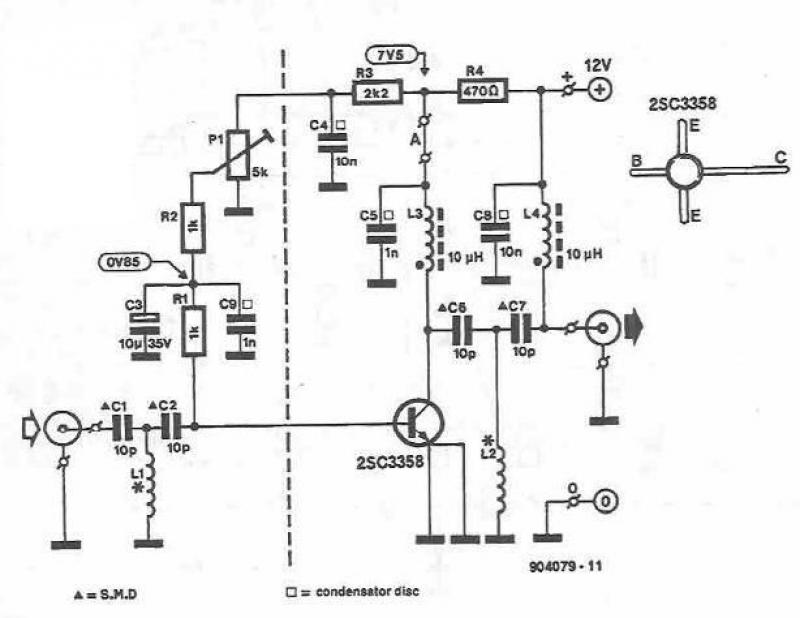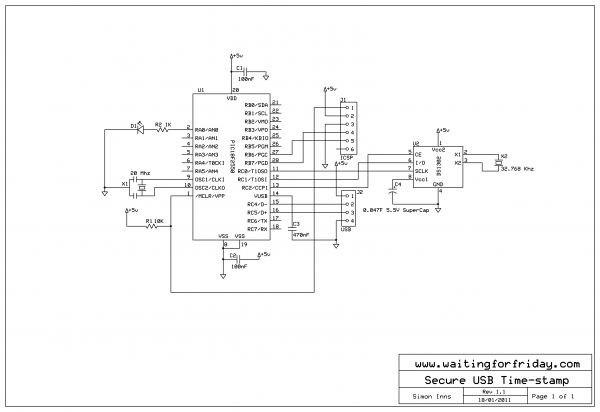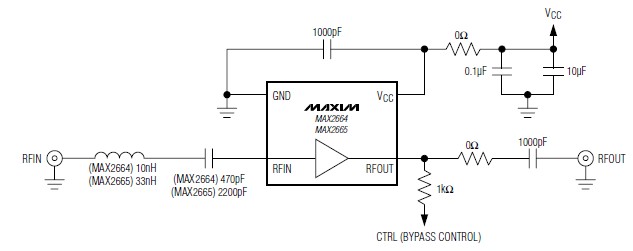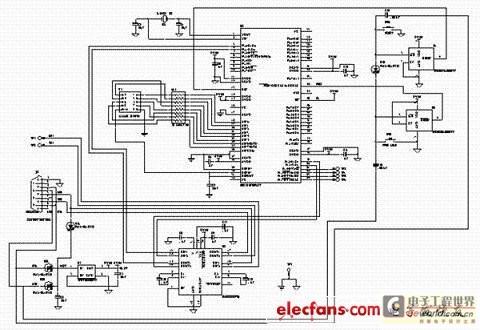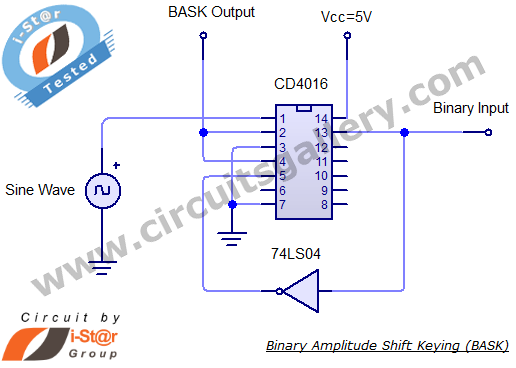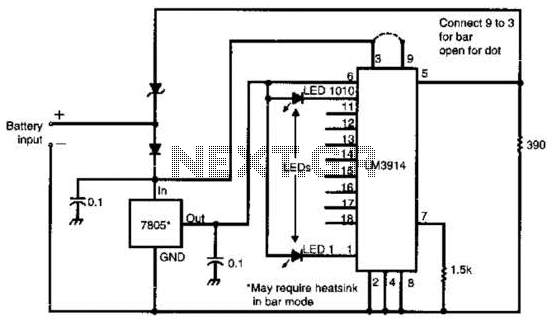
Data Slicing Techniques for UHF ASK Receivers
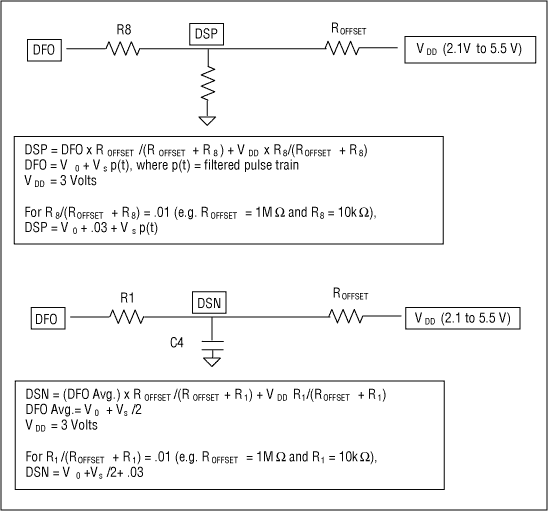
This application note explains the operation of the data slicers found in the Maxim line of UHF receivers such as the MAX1470, MAX1473, and MAX1471, as well as transceivers like the MAX7030 and MAX7032.
The data slicers in the Maxim UHF receiver and transceiver series are critical components designed to process incoming data signals efficiently. These devices utilize advanced signal processing techniques to extract digital information from analog waveforms, ensuring that data integrity is maintained in various communication environments.
The MAX1470, MAX1473, and MAX1471 receivers are engineered to operate within specific frequency ranges, providing robust performance in UHF applications. The data slicers within these receivers employ threshold detection methods to discern between high and low signal levels, effectively converting the analog signal into a clean digital output. This function is essential for minimizing errors in data transmission, especially in environments with significant noise or signal degradation.
Similarly, the MAX7030 and MAX7032 transceivers integrate data slicers that facilitate bidirectional communication. These transceivers are designed for applications requiring both transmission and reception of data, making the data slicer functionality vital for maintaining the clarity and reliability of the communication link. The design of these data slicers incorporates features such as adjustable thresholds and filtering capabilities, allowing for customization based on specific application needs.
Overall, the operation of data slicers in the Maxim UHF series is pivotal for achieving high-performance communication systems, ensuring that digital data is accurately captured and transmitted, thereby enhancing the overall efficacy of wireless communication technologies.This application note explains the operation of the data slicers found in the Maxim line of UHF receivers like the MAX1470, MAX1473, and MAX1471 and transceivers like the MAX7030 and MAX7032.. 🔗 External reference
The data slicers in the Maxim UHF receiver and transceiver series are critical components designed to process incoming data signals efficiently. These devices utilize advanced signal processing techniques to extract digital information from analog waveforms, ensuring that data integrity is maintained in various communication environments.
The MAX1470, MAX1473, and MAX1471 receivers are engineered to operate within specific frequency ranges, providing robust performance in UHF applications. The data slicers within these receivers employ threshold detection methods to discern between high and low signal levels, effectively converting the analog signal into a clean digital output. This function is essential for minimizing errors in data transmission, especially in environments with significant noise or signal degradation.
Similarly, the MAX7030 and MAX7032 transceivers integrate data slicers that facilitate bidirectional communication. These transceivers are designed for applications requiring both transmission and reception of data, making the data slicer functionality vital for maintaining the clarity and reliability of the communication link. The design of these data slicers incorporates features such as adjustable thresholds and filtering capabilities, allowing for customization based on specific application needs.
Overall, the operation of data slicers in the Maxim UHF series is pivotal for achieving high-performance communication systems, ensuring that digital data is accurately captured and transmitted, thereby enhancing the overall efficacy of wireless communication technologies.This application note explains the operation of the data slicers found in the Maxim line of UHF receivers like the MAX1470, MAX1473, and MAX1471 and transceivers like the MAX7030 and MAX7032.. 🔗 External reference
